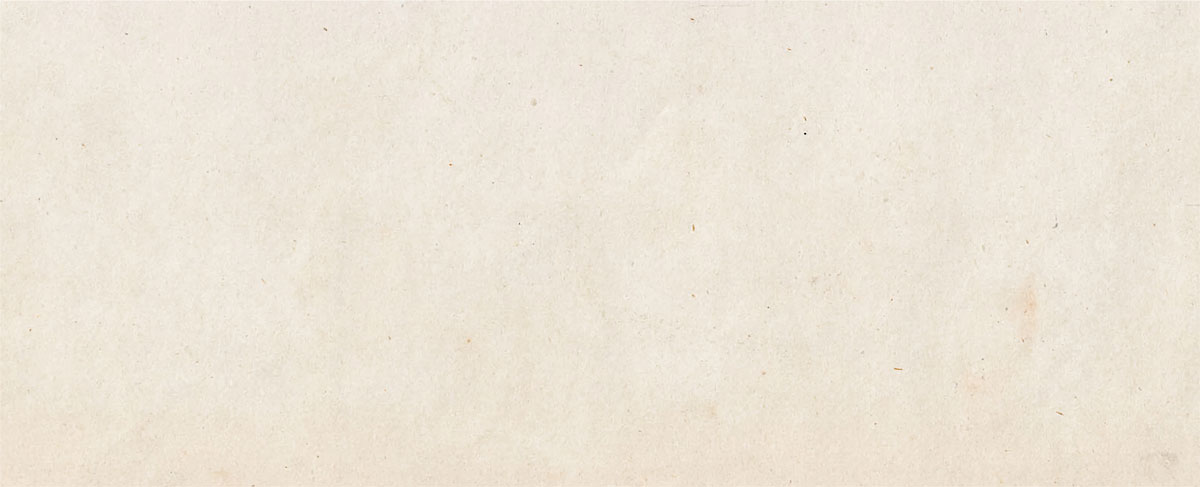How Do You Determine a Blush Wine?
06.23.10
 Determining the color of the blush wines depends strongly on the grapes and techniques used during the wine making process. Blush wines contain the typical color of a red wine but only enough to turn it pink. Red-skinned grapes are collected, crushed and the skins then sit with the juice for a short amount of time, consisting of two to three days. After this time frame the skins of the grapes are taken out. The longer the skins stay in contact with the juice the darker then final color of the wine will be. Hence for blush wines taking the skins out sooner creates the lighter color along with a taste that is more parallel to white wines.
Determining the color of the blush wines depends strongly on the grapes and techniques used during the wine making process. Blush wines contain the typical color of a red wine but only enough to turn it pink. Red-skinned grapes are collected, crushed and the skins then sit with the juice for a short amount of time, consisting of two to three days. After this time frame the skins of the grapes are taken out. The longer the skins stay in contact with the juice the darker then final color of the wine will be. Hence for blush wines taking the skins out sooner creates the lighter color along with a taste that is more parallel to white wines.
A fermentation technique named Saignée, or bleeding the vats, is used when the winemaker wants to incorporate more tannin along with the color red to a wine. In this process, some of the pink juice from the must can be detached at a relatively early stage. The red wine that remains in the vats is expanded as a direct result of the bleeding, since this certain volume of juice in the must is condensed and the must implicated in the maceration is concentrated.
 The expression “blush” is generally limited to wines sold here in North America even though it is sometimes used in Australia and by Italian Primitivo wines hoping to help evolve their wines from the newly discovered genetic links between Primitivo and Zinfandel. Although “blush” is originally referred to as a pale pink color, it now tends to designate a relatively sweet pink wine, typically with 2.5% residual sugar; in North America dry pink wines are usually marketed as rosé but sometimes as blush. Over in Europe, almost all pink wines are referred to as rosé regardless of sugar levels, even semi-sweet ones from California.
The expression “blush” is generally limited to wines sold here in North America even though it is sometimes used in Australia and by Italian Primitivo wines hoping to help evolve their wines from the newly discovered genetic links between Primitivo and Zinfandel. Although “blush” is originally referred to as a pale pink color, it now tends to designate a relatively sweet pink wine, typically with 2.5% residual sugar; in North America dry pink wines are usually marketed as rosé but sometimes as blush. Over in Europe, almost all pink wines are referred to as rosé regardless of sugar levels, even semi-sweet ones from California.
There is an endless array of choices to try as well; blush or rosé wines are more of a style rather than a varietal which opens up countless opportunities. In the United States, many winemakers have reverted from the White Zinfandel and are making excellent pink wines made from an exaggerate mass of varietals such as Pinot Noir, Zinfandel, Shiraz, Grenache and Cabernet. It takes little effort to look but you will be able to find blush wines from other countries including Australia, New Zealand, Argentina and Chile.
For wonderful recipes or facts about Blush wines, follow our Wine & Food Blogs here!

